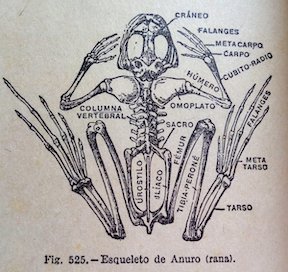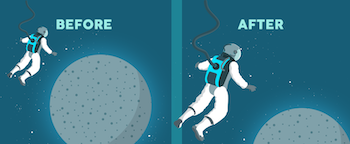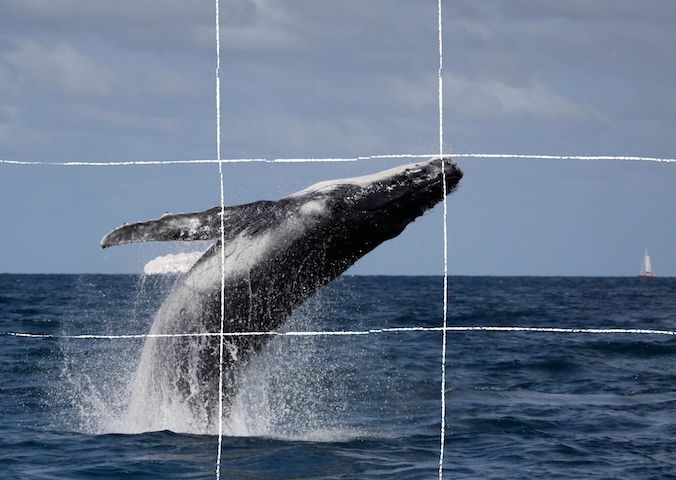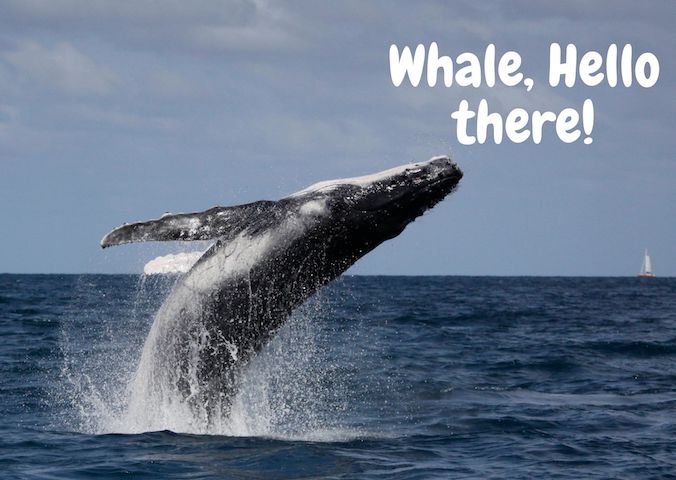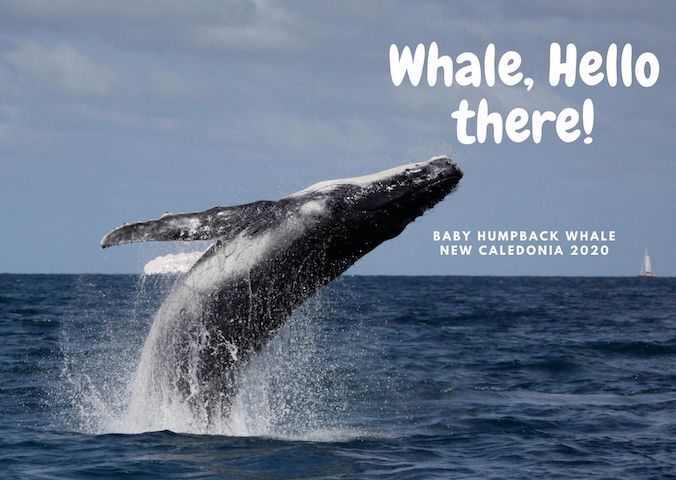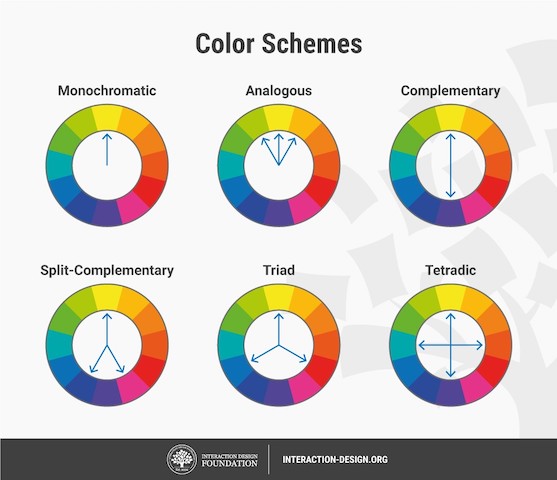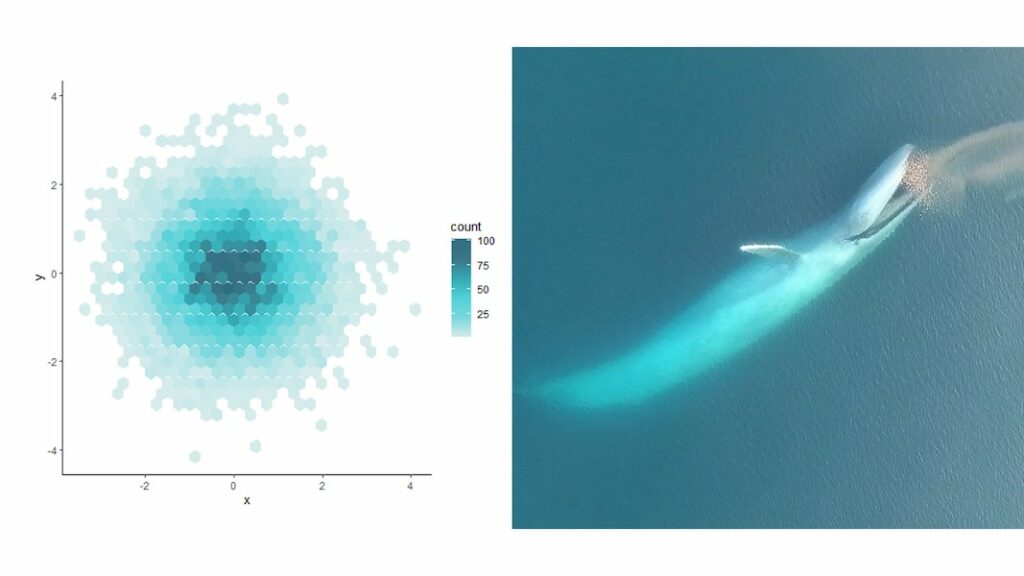By Solène Derville, Postdoctoral Scholar, OSU Department of Fisheries and Wildlife, Geospatial Ecology of Marine Megafauna Lab
Having worked almost exclusively on humpback whales for the past 5 years, I recently realized how specialized I have become when I was asked to participate in an expedition targeting another legendary cetacean, which I discovered I knew so little about: the sperm whale. On November 18th I boarded a catamaran with a team of 8 other seamen, film makers and scientists, all ready to sail off the west coast of New Caledonia in the search of this elusive animal. The expedition was named “Code CODA” in reference to the unique patterned series of clicks produced by sperm whales.
As I prepared for the expedition, I did my scientific literature homework and felt a growing awe for sperm whales. At every step of my research, whether I investigated their morphology, physiology, social behavior, feeding habits… everything about them appeared to be exceptional. Below is a list summarizing five mind-blowing facts everyone should know about sperm whales.

Sea giants
Sperm whales are the largest of the odontocetes species, which is the group of “toothed whales” that also includes dolphins, porpoises and beaked whales. They show a strong sexual dimorphism, unusual for a cetacean, as adult males can be about twice as big as adult females. Indeed, male sperm whales can reach up to 18 m and 56 tons (approximately the weight of 9 elephants!). Their massive block-shaped head is perhaps their most distinctive feature. It contains the largest brain in the animal kingdom and as a comparison, it is claimed that an entire car could fit in it! By its morphology alone, the sperm whale hence appears like an all-round champion of cetaceans.
Abyssal divers
Sperm whales are some of the best divers among air-breathing sea creatures. They have been recorded down to 2,250 m, and sperm whale carcasses have been found entangled in deep-sea cables suggesting that they can dive even deeper. In these dark and cold waters, sperm whales hunt for fish and squids (and sometimes check out ROVs, see videos of a surprising deep sea encounter made in 2015 off the coast of Louisiana, on Nautilus Live). They are renowned for attacking giant (Architeuthis spp) and colossal (Mesonychoteuthis hamiltoni) squids, which can reach more than 10 m in length. The squid sucker scars born by sperm whales give evidence of these titan combats. Because sperm whales only have teeth on the lower jaw, they cannot chew and may end up eating their prey alive. But every problem has its solution… sperm whales have evolved the longest digestive system in the world: it can reach 300 m long! Their stomach is divided into four compartments, the first of which is covered by a thick and muscular lining that can resist the assault of live prey.
Deluxe poopers
The digestion of sperm whale prey happens in the next digestive compartments, but one component will resist: the squids’ beaks! As beaks accumulate in the digestive system (up to 18,000 beaks were found in a specimen!), they cause an irritation that is responsible for the production of a waxy substance known as ‘ambergris’. After a while, this substance is thought to be occasionally secreted along with the whale’s poop (although it has been speculated that large pieces of ambergris might be expelled by the mouth… charming!). Ambergris may be found floating at sea or washed up on coastlines, where it may make one happy beachcomber! The latest report of such a lucky finding of ambergris in 2016 was estimated at more than US$71,000 for a 1.57 kg lump. Indeed, ambergris is a valued additive used in perfume, although it has now mostly been replaced by synthetic equivalents. The use of ambergris in cooking, incense or medication in ancient Egypt and the Middle Ages is also reported.
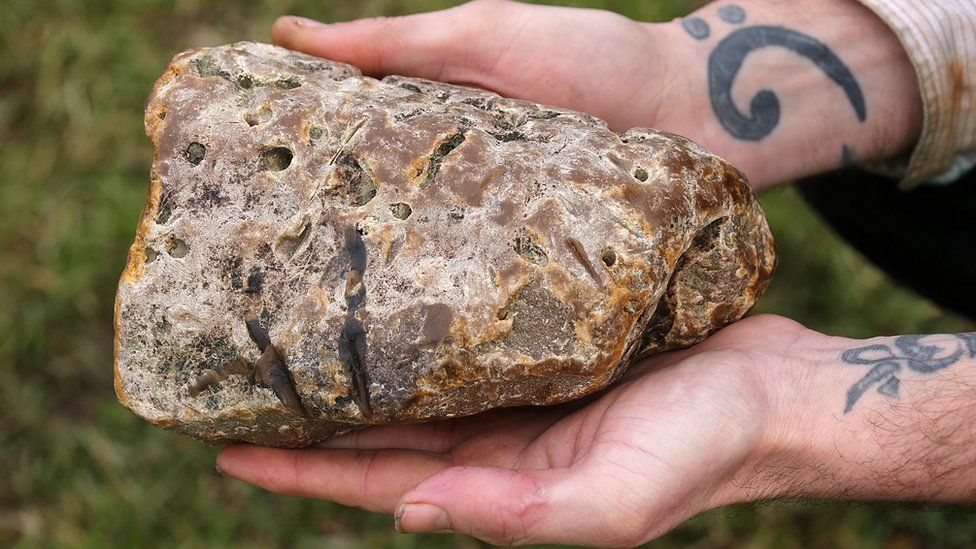
Caring whales
Sperm whales are highly social animals. They are organized in “clans” with their own vocal repertoire and behavioral traits that differ geographically. Clans are formed by several connected social units, which are ruled by a complex matrilineal system. While adult males typically live solitary lives, females remain in family units composed of their close female relatives. Within these groups, females take communal care of the calves, even nursing the calves of other females. Every female can act as a babysitter to the group’s calves at the surface while the clan members perform deep foraging dives of approximately 40 min. Juvenile males may also provide care to the younger calves in the group as they remain in the group far past weaning, up to 9 to 19 years old. When attacked by predators (mostly killer whales), all the group members will protect the younger and most vulnerable individuals by adopting a compact formation, either the “marguerite” (facing inwards with their tails out and the young at the center for protection) or the “heads-out” version.

Powerful sonars
Like other toothed whales, sperm whales use sound to echolocate and communicate. But again, sperm whales stand out from the crowd with the unique spermaceti organ that allows them to produce the most powerful sound in the animal kingdom, reaching a source level of about 230 dB within frequencies of 5 to 25 kHz (this is louder than the sound of a jet engine at take-off). The spermaceti organ is a large cavity surrounded by a tough and fibrous wall called “the case”, and is filled with up to 1,900 liters of a fatty and waxy liquid called “spermaceti”. The spermaceti oil is chemically very different from the oils found in the melons (heads) of most other species of odontocetes, which also explains why sperm whales were particularly targeted by whalers of the 19th and 20th centuries. Indeed, the spermaceti oil has exceptional lubricant properties, and thus was used in fine machinery and even in the aerospace industry.

Sperm whales are among the most widely distributed animals in the world, as they roam waters from the ice-edge to the equator. While pre-whaling global abundance is thought to have been 1,110,000 sperm whales, the most recent estimate suggests that only about a third of this number currently populates the ocean. It is our absolute duty to make sure that these marvelous, superlative animals recover from our past mistakes and that they can be admired by future generations.
Sources:
Gero, Shane, Jonathan Gordon, and Hal Whitehead (2013) “Calves as Social Hubs: Dynamics of the Social Network within Sperm Whale Units.” Proceedings of the Royal Society B: Biological Sciences 280 (1763). https://doi.org/10.1098/rspb.2013.1113
Graber, Cynthia (2007) “Strange but True: Whale Waste Is Extremely Valuable.” Scientific American. https://www.scientificamerican.com/article/strange-but-true-whale-waste-is-valuable/
Møhl, Bertel, Magnus Wahlberg, Peter T. Madsen, Anders Heerfordt, and Anders Lund (2003) “The Monopulsed Nature of Sperm Whale Clicks.” The Journal of the Acoustical Society of America, 114 (2): 1143–54. https://doi.org/10.1121/1.1586258
Raven, H C, and William K Gregory (1933) “The Spermaceti Organ and Nasal Passages of the Sperm Whale (Physeter Catodon) and Other Odontocetes.” American Museum Novitates, no. 677.
Whitehead, Hal (2018) “Sperm Whale.” Encyclopedia of Marine Mammals, 919–25. https://doi.org/10.1016/b978-0-12-804327-1.00242-9
